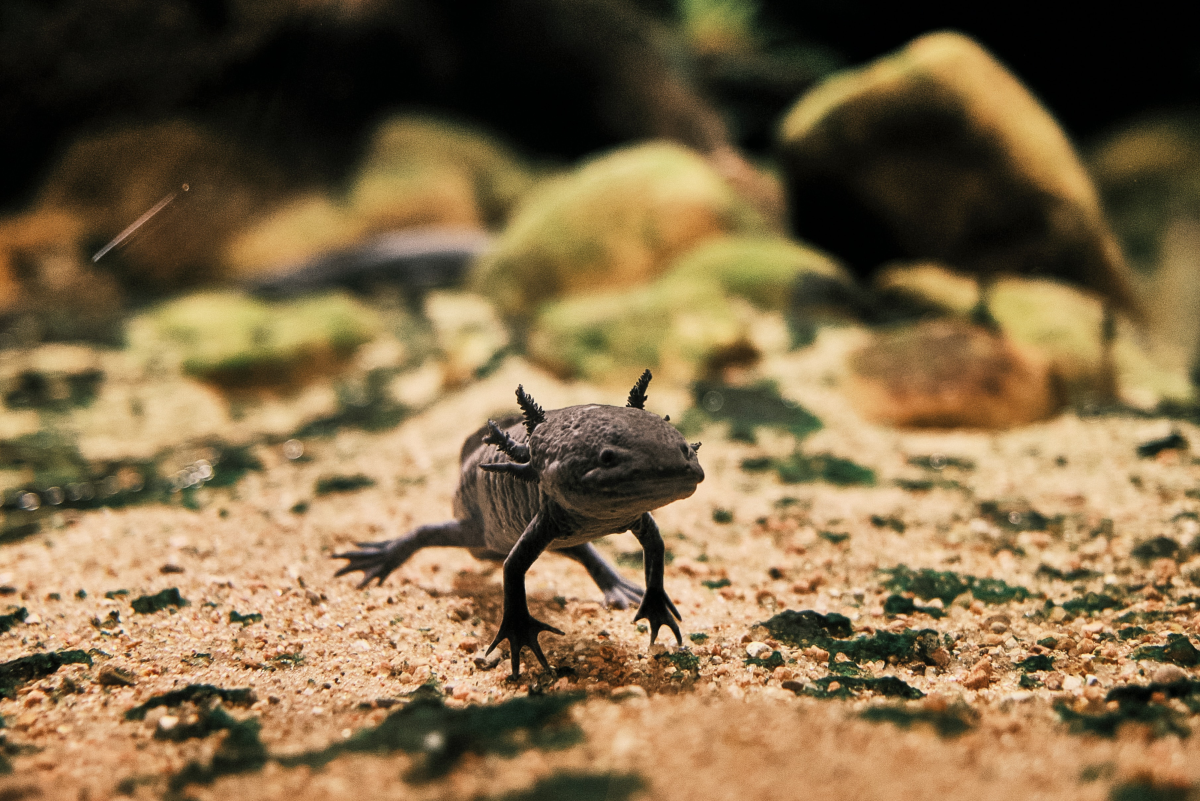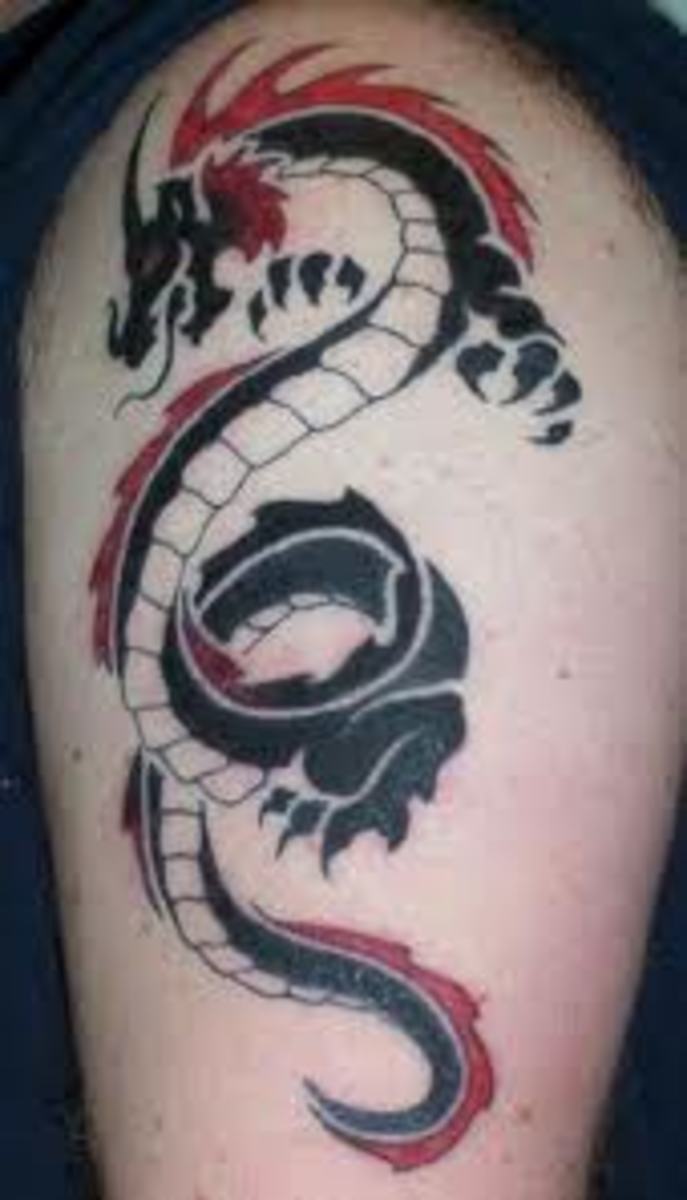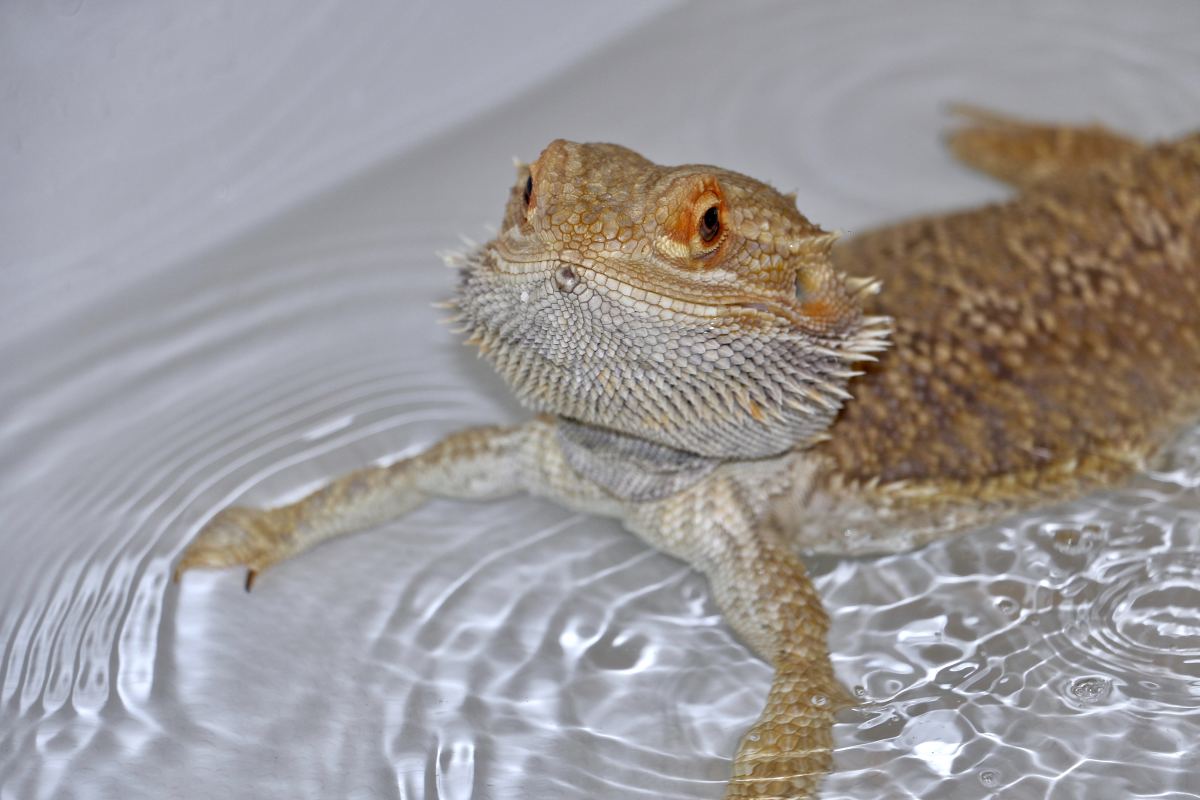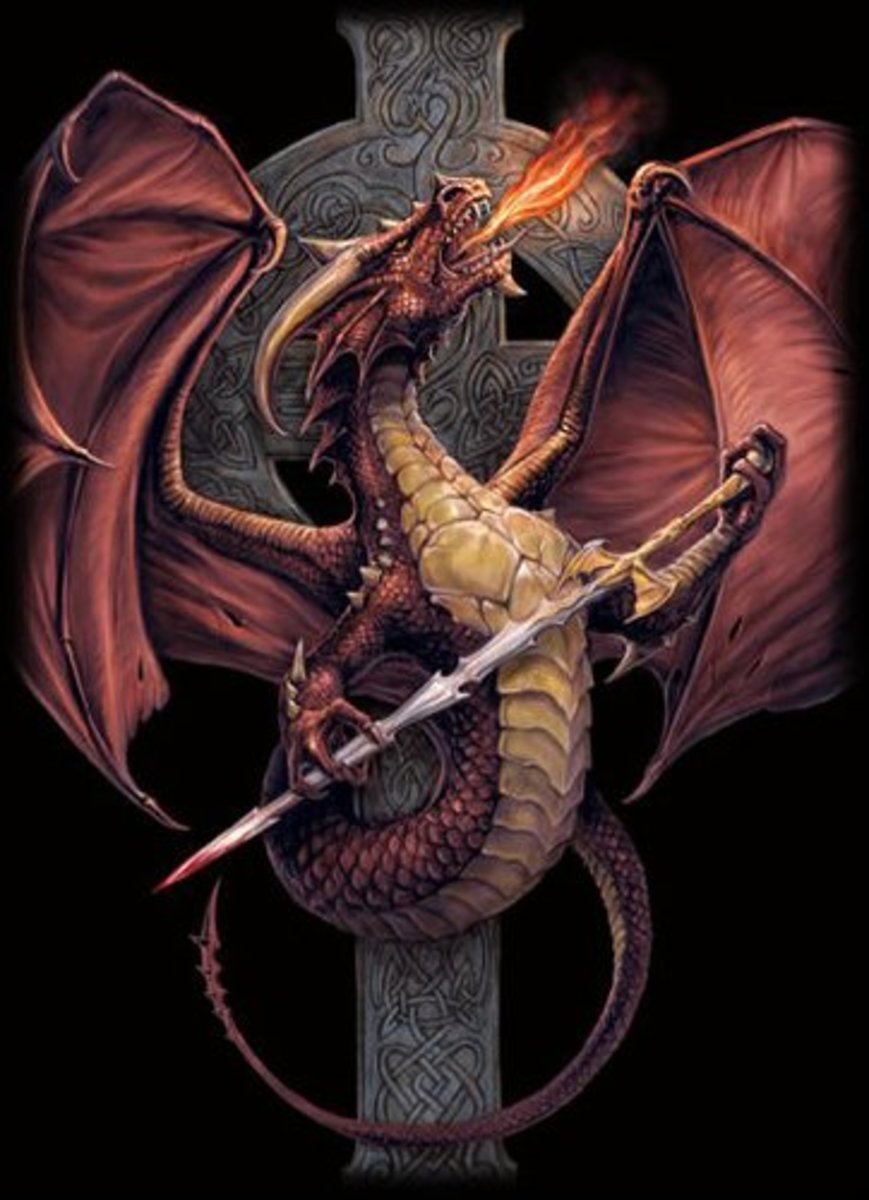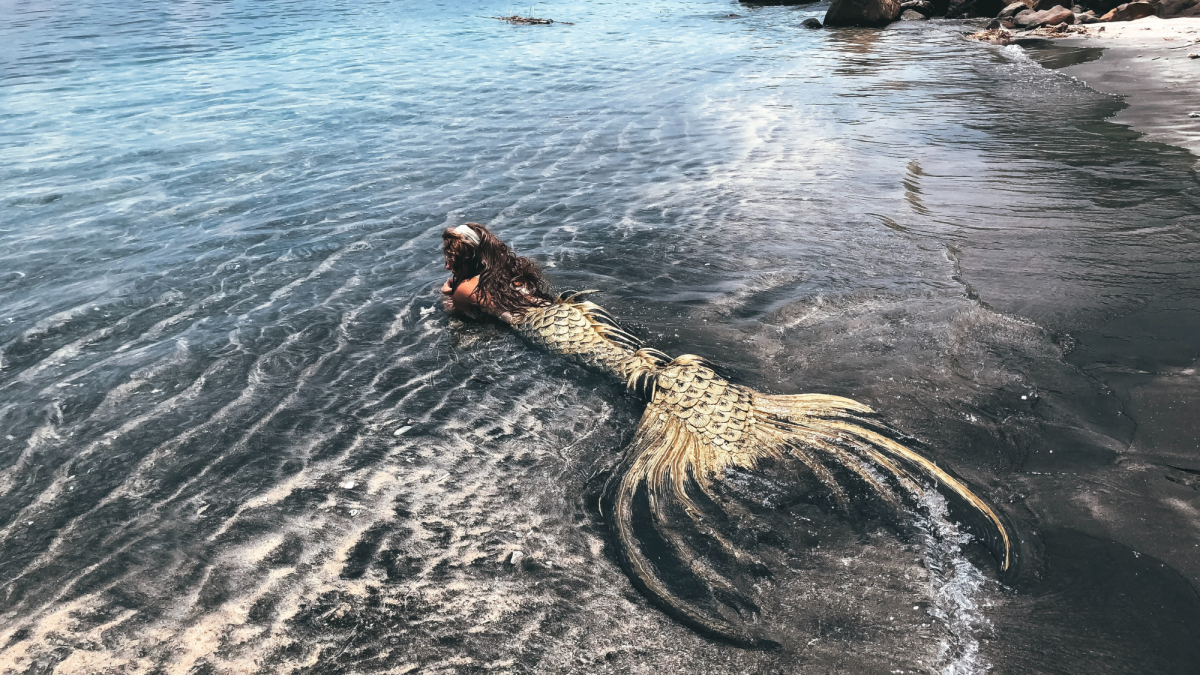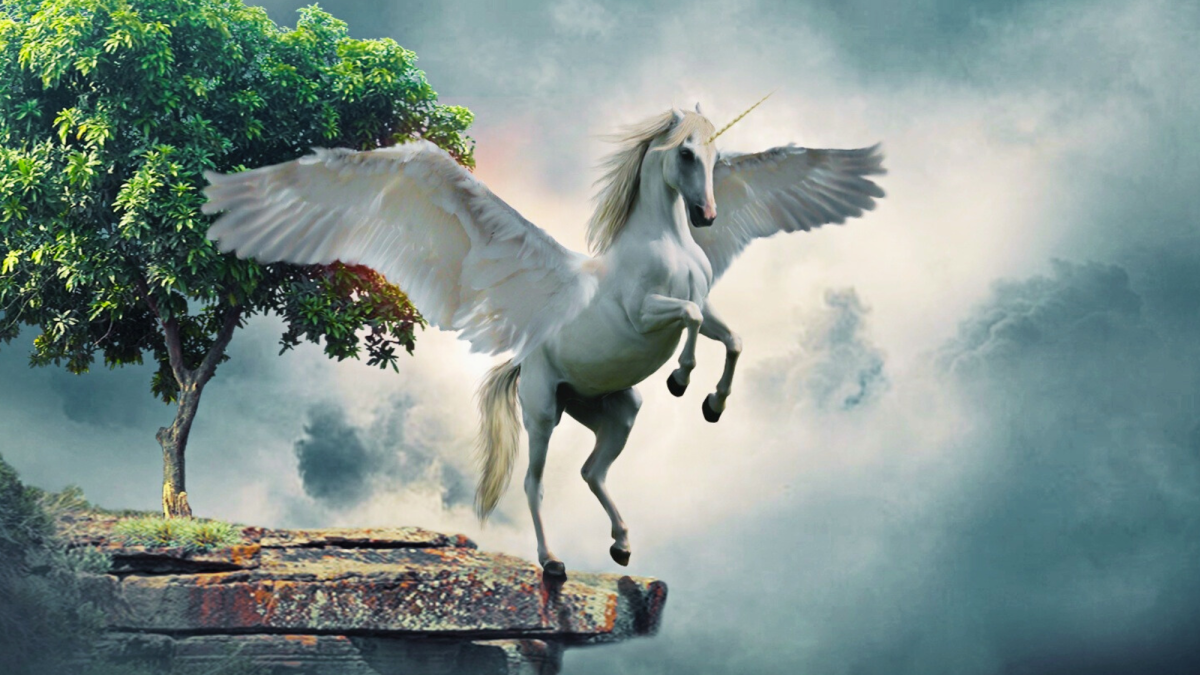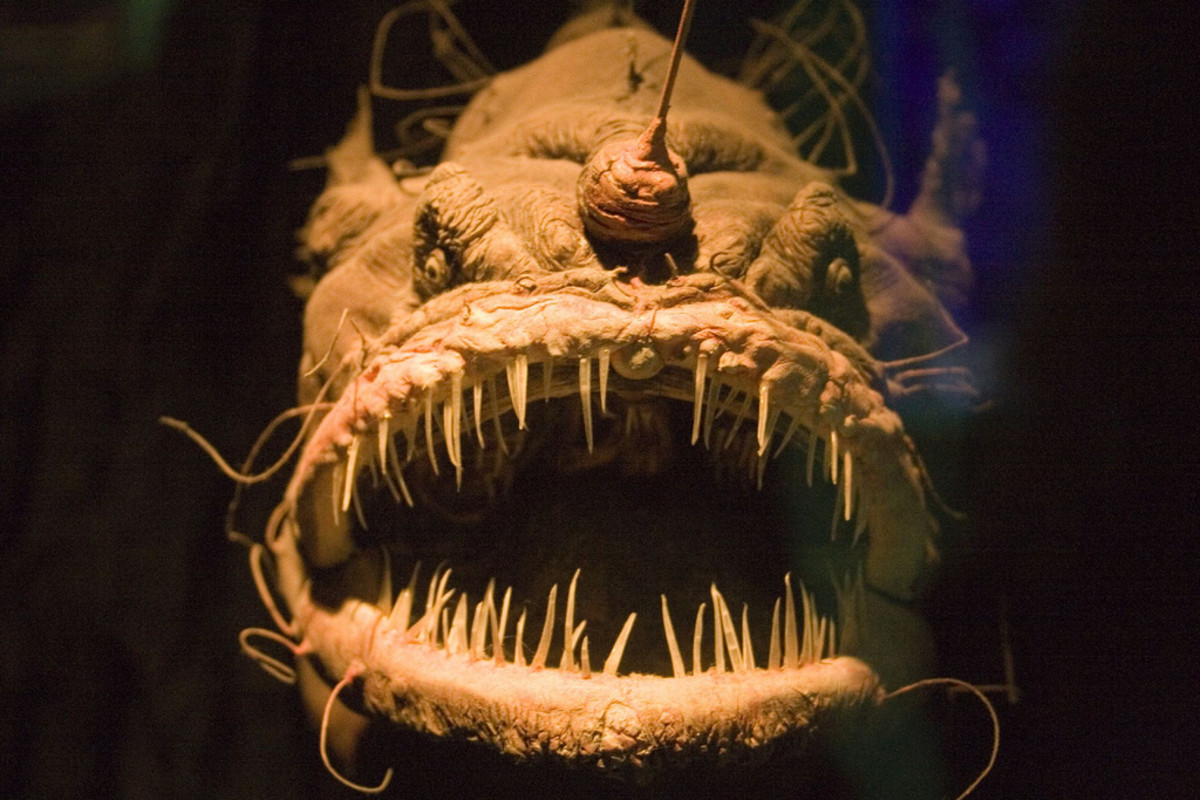- HubPages»
- Education and Science»
- Sociology & Anthropology»
- Folklore & Mythology»
- Legendary Creatures & Cryptids
Dragons
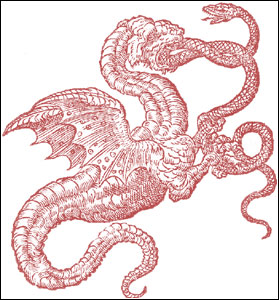
Dragons have been a part of mythology and legend for thousands of years. Almost every country in the world has some sort of dragon story. Stories of dragons have been handed down for generations in many civilisations. No doubt many of these stories have been exaggerated through the years.
The dragon is a mythical creature typically depicted as a large and powerful serpent or other reptile with magical or spiritual qualities.
Dragons are said to have been able to live almost anywhere, depending on the type of dragon mentioned. Their habitats range from the centre of the earth to the middle of the ocean. They could also be found in caves, fire, or anywhere dark and damp.
Dragons appear most in fairy tales and myths. Dragons were generally evil and destructive. In most cases the dragon is the keeper of some treasure - either gold and precious jewels or a maiden in despair. A knight in these stories must come to rescue the girl or to retrieve the riches. To do this he must slay the dragon.
Strangely, the dragons of legend are like real creatures that have lived in the past. They are much like the great reptiles which inhabited the earth long before man appeared on earth.
Myth and history play host to a variety of dragons. Some are huge, angry and have the traditional western feel, while others are much more reptilian and serpentine. Some have one head, some have a hundred. Some, as it's been argued, are not dragons at all. So why do I put them all here? Because there is not a set definition of a ‘dragon', no clear historical similarity. Some stories call dragons serpents, some call serpents dragons, some call dinosaurs dragons and so on.
Some people believe that the dragon may have had a real-life counterpart from which the various legends arose - typically dinosaurs or other archosaurs are mentioned as a possibility - but there is no physical evidence to support this claim, only alleged sightings collected by crypto-zoologists. In a common variation of this hypothesis, giant lizards such as Megalania are substituted for the living dinosaurs. All of these hypotheses are widely considered to be pseudoscience.
Dragons are commonly portrayed as serpentine or reptilian, hatching from eggs and possessing extremely large, typically scaly, bodies; they are sometimes portrayed as having large eyes, a feature that is the origin for the word for dragon in many cultures, and are often (but not always) portrayed with wings and a fiery breath. Some dragons do not have wings at all, but look more like long snakes. Modern depictions of dragons say that they were very large in size, but some early European depictions talk of dragons being only the size of bears, or, in some cases, even smaller, around the size of a butterfly. Another striking illustration of the way dragons are portrayed is their ability to breathe fire but live in the ocean. Dragons represent the joining of the opposing forces of the cosmos.
The Latin word for a dragon, draco (genitive: draconis), actually means snake or serpent, emphasising the European association of dragons with snakes, not lizards or dinosaurs as they are commonly associated with today.
Chinese around the world proudly proclaim themselves ‘Lung Tik Chuna Ren' (Descendents of the Dragon). Dragon occupies a very important position in Chinese mythology. It is referred to as the divine mythical creature that brings with it ultimate abundance, prosperity and good fortune; and symbolises power and excellence, courage, heroism and perseverance, nobility and divinity. It shows up in arts, literature, poetry, architecture, songs, and many aspects of the Chinese conscience. The origin of Chinese dragons is unknown, but certainly pre-dates the written history.
Along with the phoenix, the dragon was a symbol of the Chinese emperors. Dragon costumes manipulated by several people are a common sight at Chinese festivals.
A very popular tourist site in Beijing is the Nine-Dragon Wall in BaiHai Park. At the centre of the wall, there is a giant dragon, flanged by four dragons on each side. In addition to these nine large dragons, the wall is covered from edge to edge with many smaller dragons. In all, there are 635 dragons.
In Vietnam, the dragon (Vietnamese: rang) is the most important and sacred symbol. According to the ancient creation myth of the Kinh people, all Vietnamese people have descended from dragons through Lac Long Quân, who married Âu Co, a fairy. The eldest of their 100 sons founded the first dynasty of Vietnam as Hùng Vuong.
By the time of the early Egyptian period a considerable dragon and serpent worshipping cult had developed. This cult gradually spread to Babylon, India, the Orient, the Pacific Islands, and finally the North American continent. The cult reached its peak during the days of the Roman Empire and disappeared with the advent of Christianity.
The Naga - a minor deity taking the form of a serpent - is common within both the Hindu and Buddhist traditions. Technically, the Naga is not a dragon, though it is often taken as such; the term is ambiguous, and refers both to a tribe of people known as ‘Nagas', as well as to elephants and ordinary snakes. Within a mythological context, it refers to a deity assuming the form of a serpent with either one or many heads.
There are many different types of dragons - from cruel and vile to cunning and majestic. Below are described some of the common dragons:
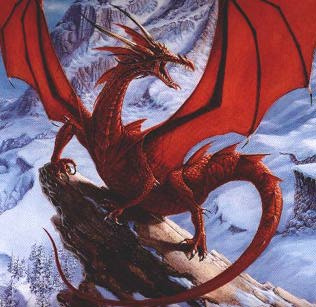
Western dragon
When people hear the term dragon, they usually think of the western dragon. The western dragon is usually a large reptilian beast with bat wings and four legs. Commonly, there are two hind legs and two fore legs, and, while the dragon may walk on all four of them, the dragon can also sit back on the haunches and use its fore legs. Their crocodile-shaped heads usually have horns on them or elaborate ears. They have spikes down their back, and have thick, rudder-tails.
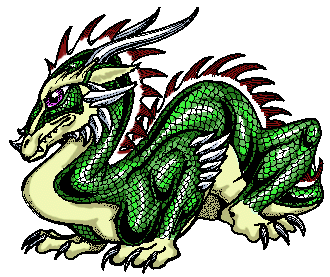
Drake
One of the seldom heard of species, drakes are much like western dragons. Unlike them, however, these dragons have no wings, only four legs. They vary from type to type, but they are usually fire-bearing creatures.
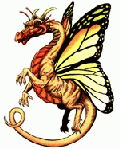
Faerie dragon
Faerie dragons are thought to be among the smallest of all dragons. They are also considered to have many bug-like qualities. Many people believe that they are related to butterflies, as they usually have butterfly-shaped wings. Most of the faerie dragons consort with the faeries, and they seldom or never eat meat.
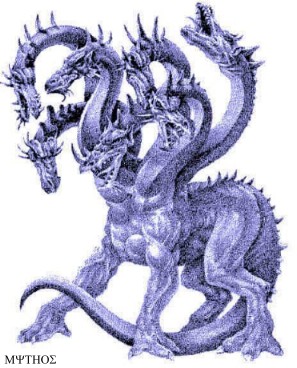
Hydra
It is believed that the hydra's first major appearance was in Greek mythology. When found in history, it is usually a serpentine creature with multiple heads. However, many people now depict the hydra as a sort of western-style dragon with multiple heads and/or tails.
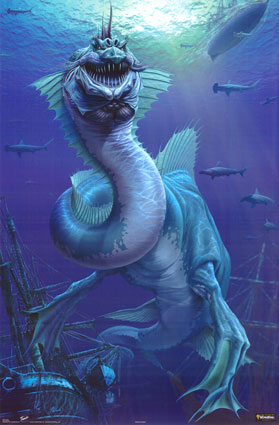
Sea serpent
These creatures live in the waters. They can live in fresh or salt water. They are depicted as long, serpent-snakes usually without limbs but with long, steering tails. Other types include finned as well as serpents with webbed limbs. Some are depicted with wings, but they tend to be useless in the water. Many believe that the Basilosaurus could have been mistaken as a sea serpent.
In medieval symbolism, dragons often symbolised apostasy and treachery, but also anger and envy, and eventually great calamity. Several heads were symbolic of decadence and oppression, and also of heresy. They also served as symbols for independence, leadership and strength. Many dragons also represent wisdom; slaying a dragon not only gave access to its treasure hoard, but meant the hero had bested the most cunning of all creatures.

